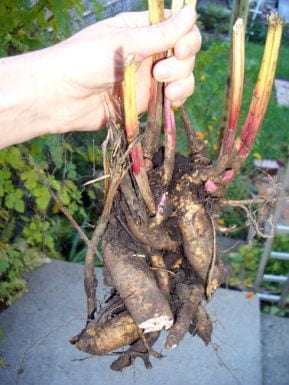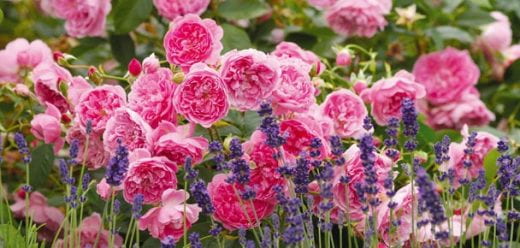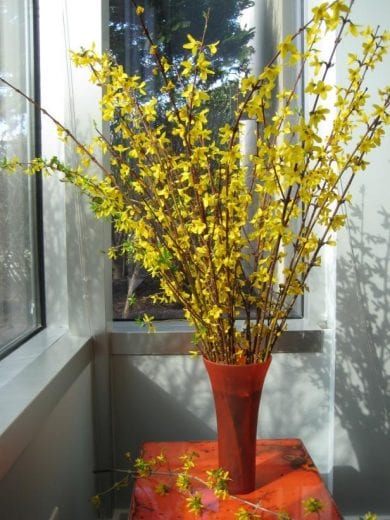 The best time to fertilize spring-flowering bulbs is when foliage emerges in the spring rather than at flowering. Traditionally, gardeners have applied fertilizer during bloom or a bit after, but because bulb roots start to die at flowering, fertilizer applied at bloom is wasted. Roots are active when the foliage first pokes through the ground.
The best time to fertilize spring-flowering bulbs is when foliage emerges in the spring rather than at flowering. Traditionally, gardeners have applied fertilizer during bloom or a bit after, but because bulb roots start to die at flowering, fertilizer applied at bloom is wasted. Roots are active when the foliage first pokes through the ground.
Nutrients applied then help the plant produce flowers the following year. If bulbs have been fertilized in the past, there are often plenty of phosphorus and potassium in the soil. It is best to use a soil test to be certain. If the soil needs phosphorus and potassium, use a complete fertilizer (such as 10-10-10, 9-9-6, etc.) at the rate of 2.5 lbs. per 100 square feet. This would equal 1 rounded teaspoon per square foot. If phosphorus and potassium are not needed, blood meal makes an excellent fertilizer. It should be applied at the rate of 2 lbs. per 100 square feet or 1 teaspoon per square foot. Lawn fertilizers such as a 27-3-3 or 30-3-3 can be used, but cut the rate by a third. Also make sure the lawn fertilizer does not contain a weed preventer or weed killer.
Remember to leave the foliage until it dies naturally. The energy in the foliage is transferred to the bulb as the foliage dies and will help bloom next year.
By: Cassie Homan
 Container gardening is so easy and fun! The containers we use are often large and can be quite pricy. Now that winter has arrived it’s important to bring them inside.
Container gardening is so easy and fun! The containers we use are often large and can be quite pricy. Now that winter has arrived it’s important to bring them inside. the traditional time to divide these plants. Peonies are essentially dormant by mid-August even though the foliage is still green. The first step in division is to remove the foliage. Then dig out the entire plant. Shake and wash off as much soil as possible so that the pink buds or “eyes” are visible. Peony roots are tough, and a sharp knife is needed to cut the roots into separate pieces. Make sure each division has three to four buds. Make sure the location chosen for planting receives at least a half-day of full sun. However, the more sun, the better. Space the plants so that there is at least 2 feet between dwarf types and 4 feet between the standard types.
the traditional time to divide these plants. Peonies are essentially dormant by mid-August even though the foliage is still green. The first step in division is to remove the foliage. Then dig out the entire plant. Shake and wash off as much soil as possible so that the pink buds or “eyes” are visible. Peony roots are tough, and a sharp knife is needed to cut the roots into separate pieces. Make sure each division has three to four buds. Make sure the location chosen for planting receives at least a half-day of full sun. However, the more sun, the better. Space the plants so that there is at least 2 feet between dwarf types and 4 feet between the standard types. If you want to sit in your garden and not only enjoy the sites, but also the smells consider planting some fragrant flowers. Floral fragrance effects our emotions and memories in positive ways. To add some wonderful smells to your garden, choose roses, irises, dianthus, honeysuckles, or oriental lilies. Learn more here:
If you want to sit in your garden and not only enjoy the sites, but also the smells consider planting some fragrant flowers. Floral fragrance effects our emotions and memories in positive ways. To add some wonderful smells to your garden, choose roses, irises, dianthus, honeysuckles, or oriental lilies. Learn more here:  This winter seems like it will never end. So in the meantime here is a fun activity you can do indoors to have some pretty blooms before spring fully arrives.
This winter seems like it will never end. So in the meantime here is a fun activity you can do indoors to have some pretty blooms before spring fully arrives.